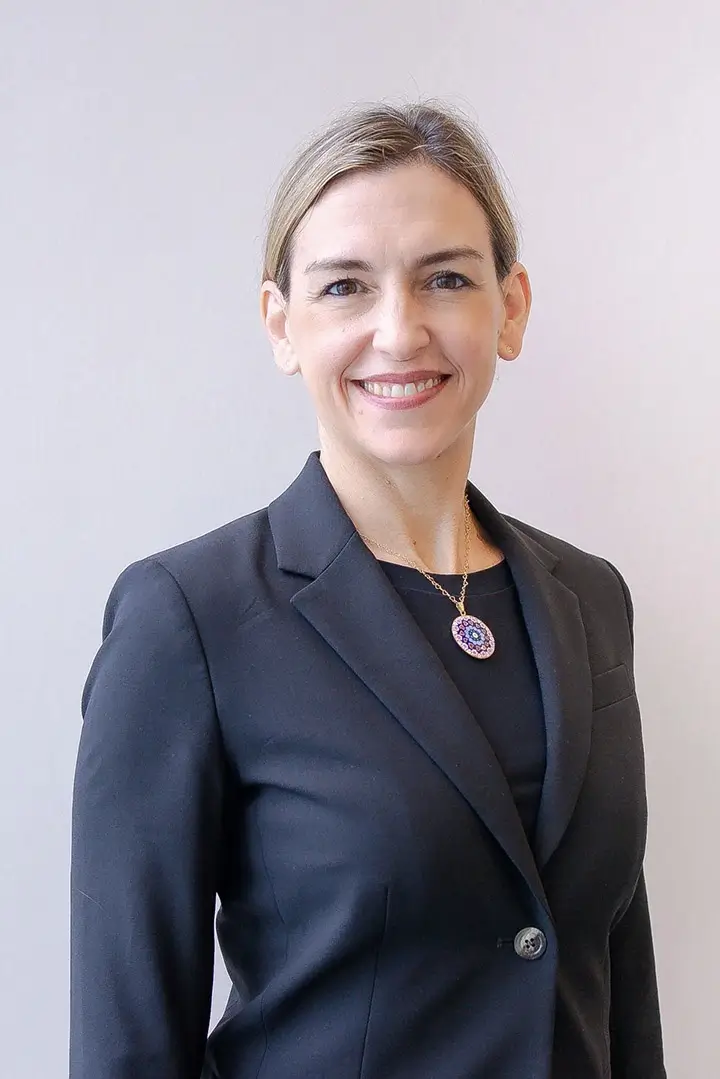Wesley J. Smith , San Francisco Chronicle
The California Institute for Regenerative Medicine (CIRM) was created in 2004 as a result of the California Proposition 71, which called for a new bond issue to generate 3 billion dollars in order to support stem cell research in the State. In part, the institute was created as a response to President George W. Bush’s order restricting federal funding of embryonic stem cell research. The hope behind this enormous influx of cash to stem cell research was based on the popular belief that the State would have reduced medical costs, as well as treatments for many of the debilitating diseases that could benefit from stem cell therapy.
According to the author of the article, who is a senior fellow at the Discovery Institute’s Center on Human Exceptionalism and a consultant to the Center for Bioethics and Culture. “The CIRM hasn’t come close to fulfilling those promises. Here’s why California voters should reject the bond issue and shut the agency down in 2014…”
His rationale is that a) CIRM was created primarily to fund human cloning for research and embryonic stem cell research. So far, cloning has failed and embryonic stem cell cures, if they ever come, are a very long way off; b) Questionable uses of taxpayer’s funds. Specifically, $300 million went to help pay for plush research facilities, particularly those associated with board members of CIRM; c) Members of CIRM are paid exorbitant salaries. For example, the head of CIRM makes just under $500,000 a year, Art Torres, a board member and former chairman of the California Democratic Party, works four days a week – for a whopping $225,000 a year.
It is our opinion that basic research is critical for development of new therapies and for advancement of medicine. Therefore, conceptually, there is nothing wrong with supporting the use of taxpayer’s dollars for stem cell research. The issue that we have revolves around what research gets funded and how those projects are in line with the goals for which the funds were donated.
In the “drug development cycle” the first step is basic research and discovery of a biological mechanism of action associated with the disease. The second step is understanding how to manipulate the interaction. The third step is developing an intervention that may theoretically be useful and testing it in animal models of diseases. The fourth step, which is considerably more difficult, is to test the putative therapy in humans either at a low dose in healthy volunteers, or in terminal patients. This usually involves 10-40 patients and is formally called a Phase I clinical trial. Phase II clinical trials are the fifth step of developing a therapeutic. This involves 30-100 patients and assesses efficacy of the therapy in patients with disease. The last step of developing a drug involves conducting Phase III clinical trials, whose aim is to see whether the putative therapy induces therapeutic effects in a double blind, placebo controlled manner.
The majority of research funded by CIRM covers projects that are at the first to third steps, that is, from identifying new biological pathways, to trying to treat mice. Very few CIRM funded projects supported adult stem cell companies that are using their cells to treat patients. We anticipate that with more articles such as the one published by Wesley Smith, CIRM will become more cognizant of the reason why taxpayers supported the Institute: to develop cures faster. Indeed, one can see this increasing support in CIRM for adult stem cell companies in that in October of this year only 5 of 19 grants were for embryonic stem cell research.

